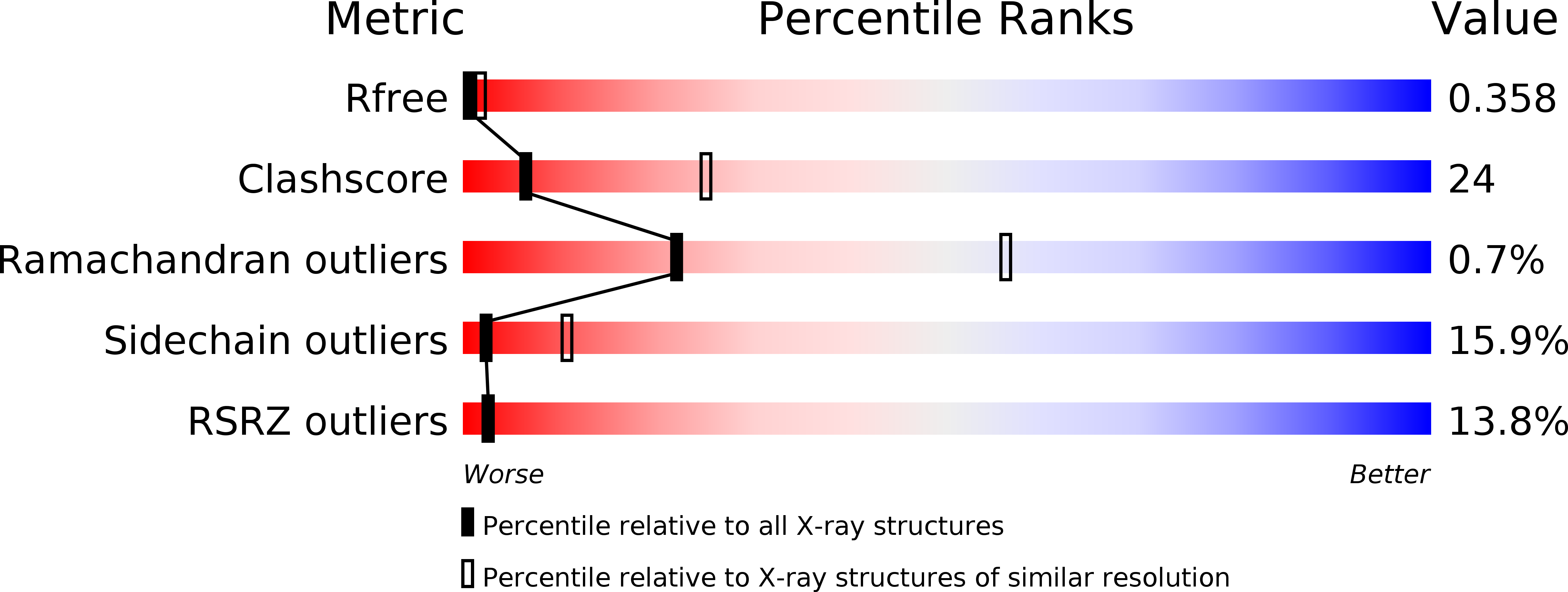
Deposition Date
2019-09-06
Release Date
2020-06-10
Last Version Date
2024-10-23
Entry Detail
PDB ID:
6SS6
Keywords:
Title:
Structure of arginase-2 in complex with the inhibitory human antigen-binding fragment Fab C0020187
Biological Source:
Source Organism:
Homo sapiens (Taxon ID: 9606)
Host Organism:
Method Details:
Experimental Method:
Resolution:
3.25 Å
R-Value Free:
0.36
R-Value Work:
0.30
Space Group:
P 65 2 2


